Interest rates play a pivotal role in shaping property investment strategies and influencing both the costs and returns for investors. As central banks adjust interest rates in response to economic conditions, investors must understand how these shifts impact the property market, mortgage rates, and investment potential.
The Connection Between Interest Rates and Investment Costs
Interest rates directly impact the cost of borrowing, which is a key consideration for property investors. When rates rise, mortgage costs typically increase as lenders adjust rates accordingly. Higher interest payments mean increased monthly costs, which can reduce cash flow and ultimately impact the overall profitability of an investment. Conversely, lower interest rates make borrowing more affordable, leading to lower monthly repayments and potentially higher cash flow for investors.
For example, a rise in interest rates from 2% to 5% could significantly increase monthly mortgage payments, especially on larger loans. This higher borrowing cost might deter new investors from entering the property market and could encourage existing investors to consider fixed-rate mortgages to secure stable payments amid fluctuating rates.
Impact on Property Demand and Prices
Interest rates influence property demand and prices, creating a ripple effect across the entire market. When borrowing becomes more expensive due to higher interest rates, potential homebuyers and investors may find it harder to finance property purchases. This can lead to a decrease in demand, especially in markets where prices are already high. As demand softens, property prices may stabilise or even decline, which can impact both capital appreciation and resale value for investors.
On the other hand, lower interest rates often lead to a surge in property demand, as buyers take advantage of cheaper borrowing costs. This increased demand can drive up property prices, potentially resulting in stronger returns for investors who own property in high-demand areas. Therefore, understanding interest rate trends is essential for investors looking to maximise gains from capital appreciation.
Rental Market Dynamics in High and Low Interest Environments
Interest rates also play a crucial role in shaping rental market dynamics. When interest rates rise, making homeownership more costly, many potential buyers may choose to rent instead, creating an increase in rental demand.
In a low-interest environment, more individuals may be inclined to buy rather than rent, as affordable mortgage rates make homeownership more attainable. This can lead to a softening rental market, impacting investors who rely on rental income. Understanding these dynamics helps investors select the right properties and investment strategies that align with the current interest rate environment.
Strategies for Navigating Interest Rate Changes
Adapting to interest rate changes is crucial for property investors. Here are some strategies that can help:
- Fixed-Rate Mortgages: Opting for a fixed-rate mortgage can provide stability in a rising rate environment. Locking in a fixed rate helps investors maintain predictable mortgage payments, insulating them from potential rate hikes.
- Diversify Investment Portfolio: Expanding into different property types or geographic areas can help balance the impact of interest rate fluctuations. For instance, investing in both residential and commercial properties may offer a cushion if one sector is more affected than the other.
- Focus on High-Yield Properties: When rates are high, targeting properties with strong rental yields can help offset increased borrowing costs. Properties in high-demand rental markets or those with unique features may provide higher returns that help balance the cost of financing.
- Explore Cash Purchases: In high-rate periods, investors with capital may choose to buy properties outright, avoiding the need for financing. While this requires a higher upfront cost, it can improve cash flow and reduce the overall risk associated with debt in a volatile market.
Interest rates are a fundamental driver in property investment, influencing everything from borrowing costs to property prices and rental demand. By understanding how interest rate changes impact the investment landscape, property investors can adapt their strategies to maximise returns, regardless of the rate environment. Whether navigating high or low rates, staying informed and flexible allows investors to make smart, data-driven decisions that align with their long-term goals.
In any economic climate, a well-thought-out investment strategy that accounts for interest rate trends can help ensure a successful and resilient property portfolio.




